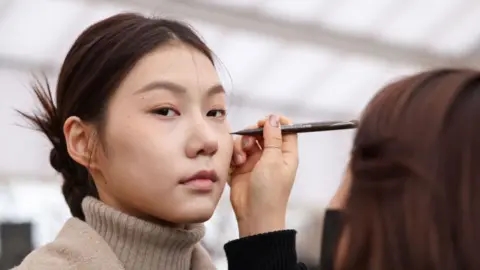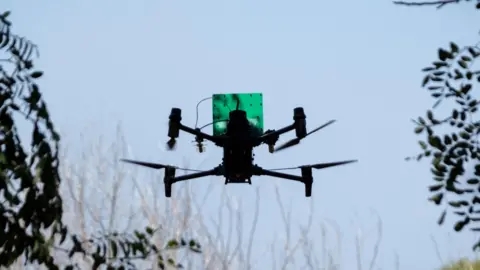While cars and electronics dominate South Korea’s trade with the U.S., its cosmetics industry has carved out a passionate global following. Known for innovative ingredients and affordable pricing, Korean beauty products—or K-beauty—have surged in popularity, particularly in America. But new tariffs imposed by Washington could disrupt this booming market.
American consumers have embraced K-beauty for its gentle yet effective formulations, often incorporating unique components like snail mucin and heartleaf extract. Graphic designer Pearl Mak, 27, says nearly her entire skincare routine consists of Korean brands, which she finds better suited to her skin than many Western alternatives.
Industry data shows U.S. spending on K-beauty surpassed $1.7 billion in 2024, a sharp increase from the previous year. However, a 15% import tax on South Korean goods has left retailers and customers bracing for price hikes. Some shops reported a spike in orders as buyers rushed to stock up before the tariffs took effect.
Smaller sellers, operating on thin margins, may struggle to absorb the added costs, while larger brands could weather the impact more easily. Still, experts predict that dedicated fans will continue buying despite higher prices, given the lack of comparable alternatives.
The tariffs extend beyond South Korea, now applying to imports from Japan and the EU—home to major cosmetic brands. Yet, whether this will drive consumers toward American-made beauty products remains uncertain. For loyalists like Mak, domestic alternatives simply don’t measure up.
As the industry adjusts, one thing is clear: K-beauty’s global appeal, fueled by South Korea’s cultural influence, ensures demand will persist—even at a premium.









